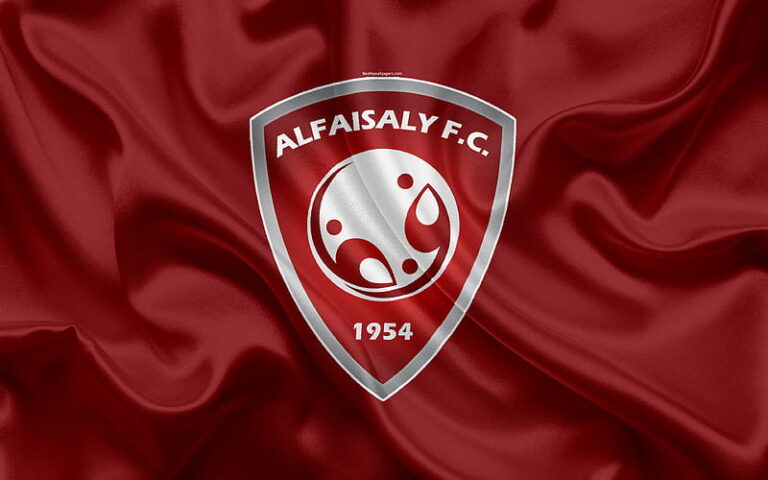
South Korea K-League Classic FC
Despite its successes, the K-League Classic faces several challenges that need to be addressed to ensure its continued growth and sustainability. From financial pressures to international competition, the league must navigate a complex landscape to New88 remain relevant.
Financial Sustainability South Korea K-League Classic FC
One major concern is the financial stability of many clubs. While the league has seen increased sponsorship and broadcasting revenues, disparities exist between the wealthiest and less affluent clubs. Ensuring that all clubs have the resources to compete at a high level is essential for maintaining a balanced competition.
Moreover, the pandemic posed challenges that forced clubs to innovate and adapt quickly. Strategies to enhance digital engagement and alternative revenue streams have become more important than ever. Streamlining finances while investing in infrastructure will be crucial for clubs moving forward.
Competition from Global Leagues
With the rise of other Asian leagues like the J-League and Chinese Super League, the K-League must remain competitive and appealing to both players and fans. This competition underscores the need for continuous improvement in player development, infrastructure, and marketing.
The K-League has already begun implementing strategies to bridge this gap, including partnerships with international clubs and fostering youth academies. By focusing on long-term investments in grassroots football, the league can cultivate local talents that will elevate the overall quality of the competition.
Embracing Technological Advancements
The future of the K-League Classic also hinges on embracing technological advancements. Utilizing data analytics for player performance, injury prevention, and fan engagement can transform the league into a more modern and efficient enterprise.
By leveraging technology, K-League clubs can create immersive experiences for fans, enhancing matchday excitement and interaction. Furthermore, insights gathered from data can inform better decision-making processes regarding recruitment, training, and tactical innovations.
Conclusion
The South Korea K-League Classic FC has grown from humble beginnings into a powerhouse of Asian football. Its historical significance, competitive structure, iconic clubs, legendary players, and passionate fan culture make it an integral part of not just South Korean sports but also the international football community.
However, to thrive in a rapidly changing landscape, the league must confront its challenges head-on. By emphasizing sustainability, embracing competition, and adopting technological advancements, the K-League Classic can continue to grow, evolve, and capture the hearts of football enthusiasts for generations to come.
As we reflect on the past, embrace the present, and anticipate the future, it’s clear that the K-League Classic will remain a defining element of South Korean culture and a beacon of hope for football lovers everywhere.


